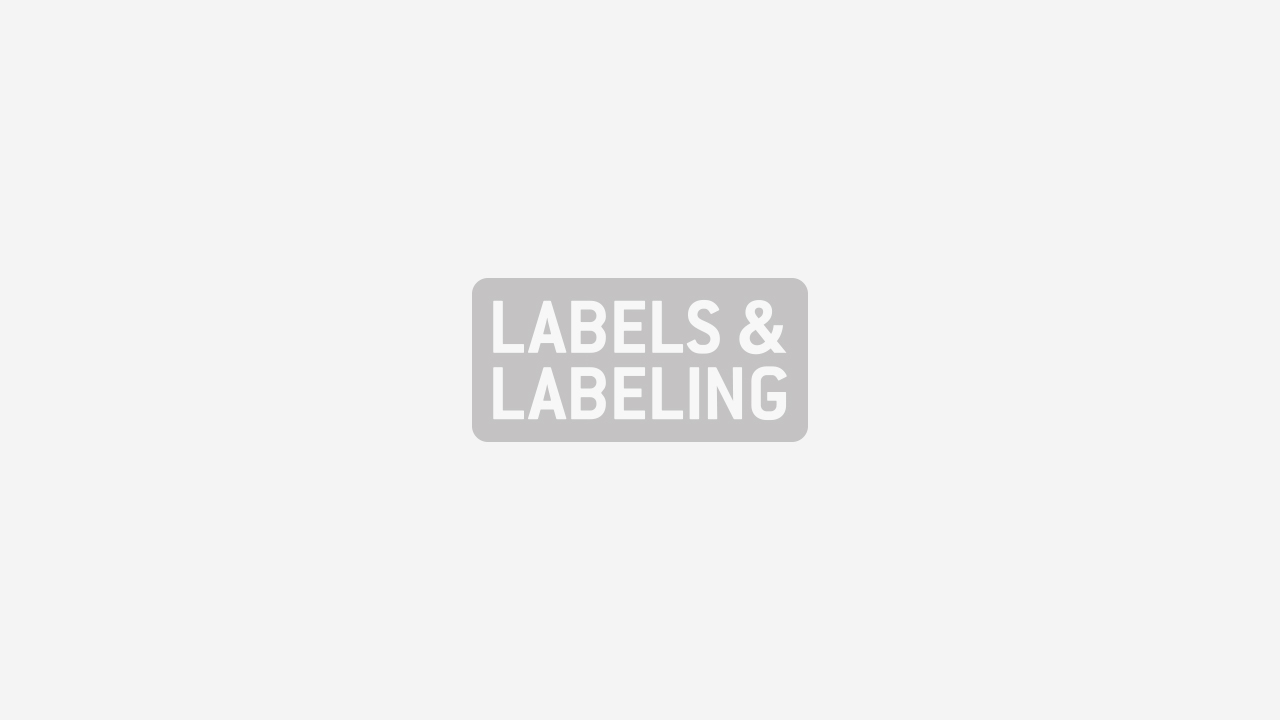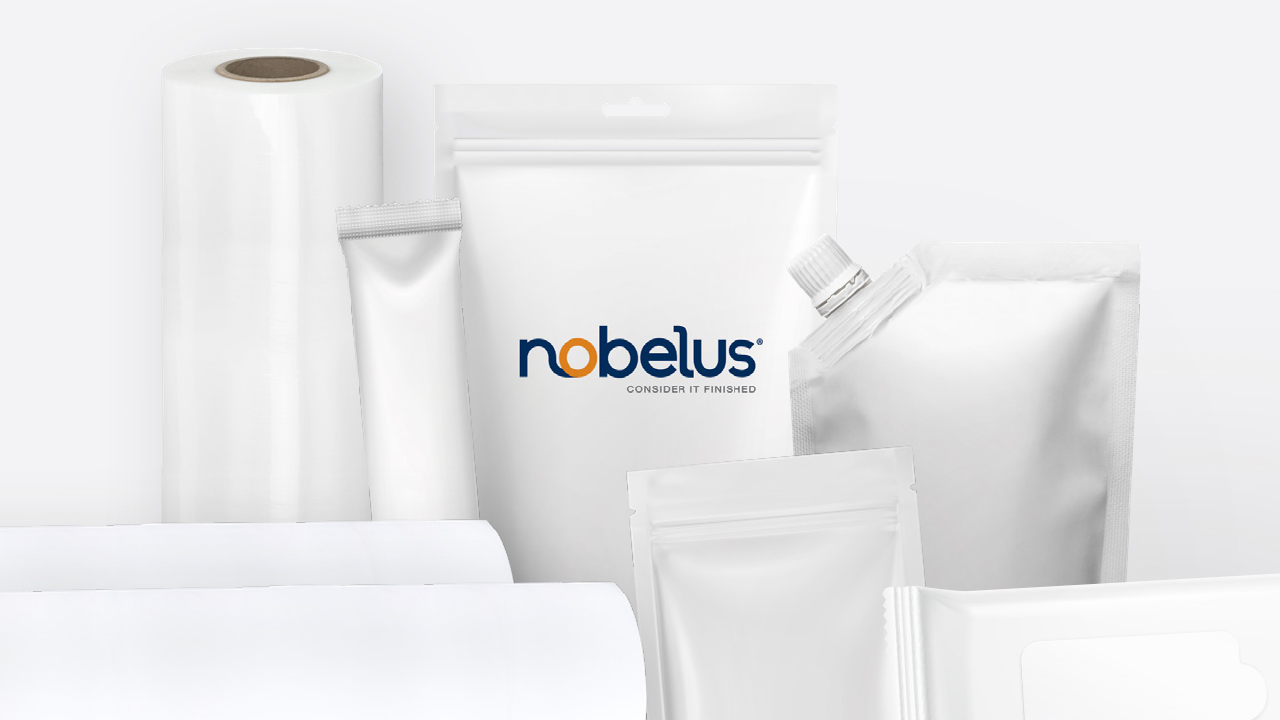WRAP-funded color contamination project results published

A team consisting of UK-based converter Systems Labelling, a bottle manufacturer and a dairy brand, have completed an 18-month project that claims ‘a groundbreaking development’ for the dairy industry.
The WRAP-funded project set out to identify the root cause of color contamination in rHDPE pellets, in order to increase the proportion of recycled material used when producing HDPE liquid milk bottles. The combined solution, encompassing packaging design, methods, materials and recycling processes, has delivered a potential increase from 10 percent up to 50 percent rHDPE content in blown liquid milk bottles.
Given the Milk Roadmap Target to reach 50 percent rHDPE was set for 2020, this is a positive step forward, say the companies. The consortium engaged leading HDPE reprocessing plants in the UK, recycling equipment manufacturers and chemical suppliers in Europe and associated specialists to conduct a series of laboratory and medium scale trials to develop workable solutions through a process of elimination.
Labelling was a key work-stream within the project with some significant findings. Initial mini wash trials discovered that paper labels break up and the laminate and ink removed in the hot wash in turn cross-contaminating the clean HDPE flakes. The recycling operations also found that the build up of paper pulp in their equipment is an issue causing equipment breakages and down time. However, PP labels were found to remain intact and peeled away from the HDPE flakes. The encapsulated labels did not release ink into the wash water and the specialist detergent was found to nullify the tack of the adhesive which was removed and formed a residue in the wash water. Medium scale trials demonstrated that the released PP labels are removed from the HDPE flake via the air separation equipment, resulting in a label removal of over 99 percent.
The project team found that wash conditions are key to the successful removal of labels. The trials found that 85 degrees centigrade for 10 minutes with a 2 percent detergent dosing performed best in terms of label removal and cleanliness of flake. The importance of using a suitable adhesive product fit for purpose in a cold and wet environment is vital. A detailed specification is included in the full report. However, from a commercial perspective, Systems Labelling says it can offer a ‘no on cost solution’ when switching from paper to synthetic labels.
In short, the project consortium identified that synthetic (polyproplylene) adhesive labels outperformed the paper alternatives tested in terms of recycling benefits. The companies say that this conclusion is backed with analytical data showing that in terms of label removal, color contamination and recyclability, the synthetic adhesive labels tested are ‘far superior’ to the paper adhesive labels tested.
During recycling trials, the optimum conditions resulted in twice as many PP labels removed compared to the paper labels tested. The labels still attached to washed HDPE flakes can be missed by color sorting equipment as the laminate and ink is broken down and removed from paper labels in the hot wash cycle. This in turn contaminates the water and cross contaminates clean HDPE flakes.
‘Given that adhesive labels make up approximately 70 percent of the market, the development of a fully removable PP label is clearly significant,’ said a spokesperson for Systems Labelling. ‘It is also of note that the pulp and paper label waste builds up as sediment and when collected sent to landfill whereas synthetic labels can be collected in a float tank and air separators for recycling into various polyolefin compounds.’
The full WRAP report, entitled ‘Research and development to improve the recyclability of plastic milk bottles’, can be viewed or downloaded here.
Click here for more stories about Systems Labelling on L&L.com.
Stay up to date
Subscribe to the free Label News newsletter and receive the latest content every week. We'll never share your email address.

